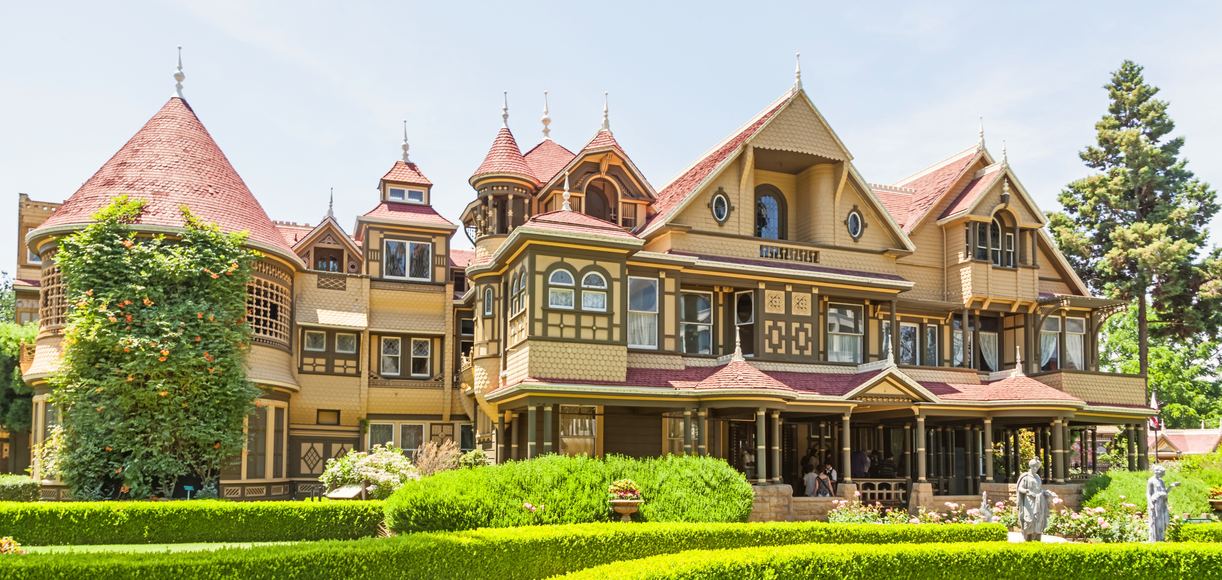

It has doors that go nowhere, stairways that lead into the ceiling, windows that look into other rooms (and one set into the floor), a chimney that doesn’t actually leave the house, and endless nooks and corridors. Sarah Winchester’s house is known not only for its size, but also for its oddness. My tour group laughs nervously at the psychic’s judgment as we make our way through this place. All the grief she had experienced was because of guns, she was told, so she decided build a house to atone for her sins. After a dramatic pause, he reveals how Llanada Villa came to be: the psychic told Sarah that the guns were to blame-she was responsible for the deaths of "100 million souls," and she was being punished. "She sought out a Boston psychic to find out why she had suffered so much," he says. Standing in Sarah’s bedroom, my guide speaks of her personal grief in hushed and reverent tones. From him she inherited more than $20.5 million and received nearly 50 percent ownership of the Winchester Repeating Arms Company.

Her husband died of tuberculosis in 1881. Sarah was gun royalty, but life was not always happy. The company manufactured the Winchester repeating rifle, which had been developed in 1860 by B. Sarah Winchester was New Haven native Sarah Lockwood Pardee, and she married William Wirt Winchester, the son of Oliver Fisher Winchester, founder of the legendary Winchester Repeating Arms Company, in 1862. The story of the Winchester Mystery House is a story of guns, and of one gun in particular: the Winchester rifle. Then, as my tour guide says, "The hammers fell silent."
#Winchester mystery house story full
When she died in 1922 at the age of 83, the Queen Anne Victorian mansion had 40 bedrooms, six kitchens, 47 fireplaces, a hydraulic elevator, and an aviary full of tropical birds. There was no blueprint for the 160-room house she made notes and sketches on napkins. But Llanada Villa was much more than a farm: it was Sarah’s obsessive, 38-year construction project. She called it Llanada Villa, or the "house on flat land," and she sold its walnuts, prunes, and apricots under her own label. In 1884, Sarah Winchester purchased an unfinished farmhouse that sat on 160 acres of farmland and orchards in the Santa Clara Valley. It is a study in almost unbearable sadness that refuses to be transformed into stories and snow globes. Some of these mysteries have been commodified for the many visitors that pass through its rooms and corridors each year, and some remain stubbornly beyond the reach of tourism. The Winchester Mystery House bills itself as "an extravagant maze of Victorian craftsmanship-marvelous, baffling, and eerily eccentric." As one of the most famous haunted houses in the United States, it certainly has its mysteries.


 0 kommentar(er)
0 kommentar(er)
